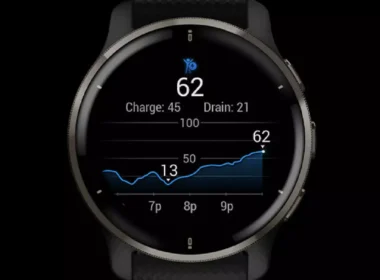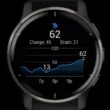In the seemingly endless pursuit of health and the ideal physique, we’re often bombarded with quick-fix solutions and dietary trends that change as swiftly as the seasons. But nestled among the latest fads and buzzwords like ‘keto’ and ‘intermittent fasting’ is a method that’s been quietly gaining traction — reverse dieting. Loved by fitness enthusiasts and health professionals alike for its strategic approach to calorie consumption, reverse dieting isn’t just for athletes or bodybuilders; it’s a technique that holds potential for anyone looking to reset their metabolism and sustainably manage their weight.
Understanding Reverse Dieting
Reverse dieting is about as straightforward as it sounds — it’s the methodical process of incrementally increasing your calorie intake, usually by adding around 50-100 extra calories per week. When done right, this gradual calorie increase can counteract the metabolic slowdown from long-term caloric restriction, like in weight loss diets. The main aim is to speed up your metabolism again without unwanted weight gain.
Revvers of this approach claim they can eat more without gaining fat by carefully tracking and slowly raising caloric intake over time. But what does science have to say about it? This article aims to circumnavigate the hype and go straight to the evidence.
The Science Behind Reverse Dieting
Metabolism, the complex network of chemical processes that keeps us ticking, is highly adaptable. When you consistently consume fewer calories than your body needs, it learns to operate on less, effectively putting the brakes on your calorie-burning engine. Reverse dieting attempts to stave off this effect or, as the theory goes, reset the dial to pre-dietary levels.
The literature on reverse dieting is still emerging, but early indications suggest that this method may yield various benefits. Benefits include increased energy, better athletic performance, improved food-related psychological well-being, and maintaining a lower body weight despite a higher calorie intake.
While these promises are tantalizing, we’re left with a slew of questions. How much can metabolic rates be influenced by caloric manipulation, and how sustainable is the practice in the long term?
How to Implement Reverse Dieting
If you’re enticed by the promises of reverse dieting and eager to try it, the road from hearing about it to doing it is not that complex. Remember, this is the second half of a calorie-restricted diet. For instance, if an athlete has been on a cut for 12 weeks to get to a particular body fat percentage, reverse dieting is how he or she recovers and is generally the same length of time. This is not the beginning of a caloric-restrictive dieting plan.
Start by calculating your baseline calorie needs using an online calculator or through RMR testing. From that starting point, you’ll want to add small portions of calories back into your diet each week. The key is strategically emphasizing nutrient-dense foods that can contribute to overall health, not just your daily caloric count.
During the process, it’s crucial to monitor your body’s response. Track your trend weight, body fat percentage, energy levels, and mental state. Keeping tabs on these markers lets you make objective decisions about when to accelerate, maintain, or slow down your reverse diet.
Considerations and Precautions
Reverse dieting isn’t a catch-all solution. It’s not for everyone, particularly those with a history of disordered eating or who are in recovery from an illness. Even for those who may benefit, it’s essential to approach the technique cautiously and, ideally, under the supervision of a nutrition professional.
Consistency is key, but patience is paramount. Rushing a reverse diet can negate its intended benefits, as your body might not have had enough time to readjust to higher calorie levels. It’s a slow dance of trial and error, and it’s okay to take two steps forward, one step back.
Conclusion
Reverse dieting offers a refreshing take on eating more to weigh less, and it’s gathering a faithful following. The concept is rooted in metabolic science and, when personalized and executed with care, can contribute to a healthier relationship with food and a more adaptable metabolism.
But with all the enthusiasm comes a need for tempered expectations. The full scope of reverse dieting’s potential is still unfolding, and we’re far from a one-size-fits-all prescription. It’s a strategy that demands mindfulness, patience, and sometimes the steely eye of a professional.
Remember, the most effective strategies for long-term health are the ones that become a sustainable part of your lifestyle. If reverse dieting fits the bill, there’s never a better time to start than today.











